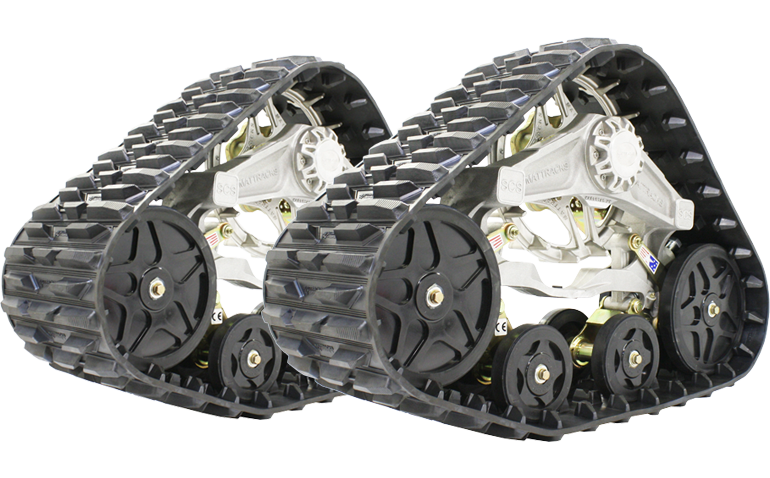UTVs are excellent vehicles for all kinds of activities, however if you want to take out on ice or snow, there are a few factors that need to be taken into consideration. The first thing riders should take into consideration when considering purchasing tracks is to consult their manual or Google search, as these provide detailed information about how different kinds work in different terrains , such as slushy roads and covered trails, including those with different heights, ranging from flat areas to trees, which could be difficult to navigate at certain seasons due to weather conditions too.
Choosing what is important
We all ride differently so there’s no universally-fit-all solution in the selection of an appropriate track. It is important to consider what is important to you and figure out whether these different types of riding is beneficial for you on top speed or traction? You may want something softer in case comfort is more important than speedy speeds, while others may prefer to hit peaks without letting their energy dwindle while cruising around town looking cute in their new shoes.

The great debate is whether or not you’d like to travel through winter months or not. For certain people individuals, the answer is “yes,” for others it could be “no”. But If you’d prefer this choice, this blog can aid you in choosing the kind of snowmobile best meets your needs.
It’s not Chump Change
A set that’s sturdy will ensure you get the most from your equipment. Tracks can be expensive and used tracks may cost less or more depending on their condition (ranging from an inefficient response time to a very high quality set). It’s important to be aware of the cost of my next set of brackets before I purchase it. This means that not all bracket sets have an included price. Some stores may provide the pieces however, you must be aware.
Give and Take
When adding tracks to your ATV/UTV there are certain trade-offs. You’ll be less powerful and the traction control will not function properly (or even) in some cases, and you may not be able go more quickly on roads because it’s harder to spin the wheel, however if it means you’re prepared in case anything happens on the offroad, then good.
The tracks are necessary for navigating through deep snow and off-roading with your four-wheel-drive vehicle. A lack of traction could impact everything from handling and speed to the vehicle’s ability to travel easily. It’s true! It is true.
What’s on the Track?
Tracks come in a variety of designs and costs. Certain tracks can only be used in snow, but others can work in the four seasons while still providing adequate traction or vibration reduction through their different gear ratios depending on what you need for your ride-on’s power train spec (drive) setting up in relation to the terrain being driven across. However it all comes down to the expense of durability, so ensure that the track can last for more than just one season before making any purchase decisions.
Manufacturers will provide you with information about the floating of tracks. It means that the manufacturers wish for the weight of their machines to be distributed across more of a bigger area. We can ride in deep snow, heavy rain and other weather conditions without difficulty. For those who wish to enjoy riding in all weather conditions Mother Nature may throw at us, the greater the contact area will mean that there is more ground beneath your feet.
You need a drive shaft that matches the machine to improve engine output. There are different makes and models of cars with different gearings. This means matching power consumption with the potential for fuel efficiency benefits isn’t always easy.
For more information, click side by side with tracks